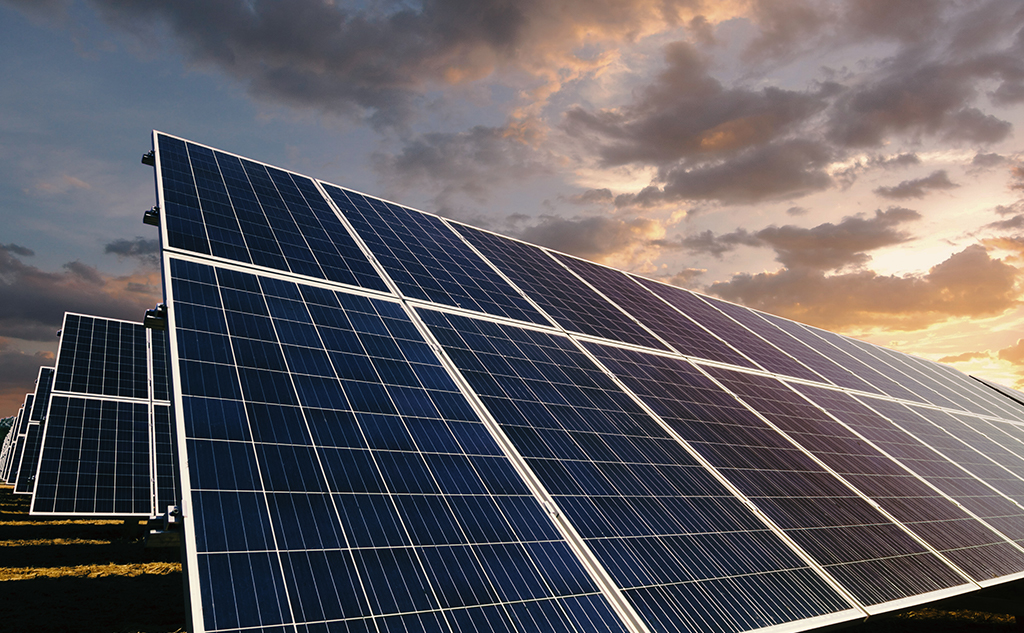Overview of energy transition markets for 2019
On 4 April, PEXE held the 10th National Green Business Forum, a cross between a business convention and a conference. Following the opening presentation by GreenUnivers and EY, which provided an overview of energy transition markets for 2019, the day focused on key issues presented by strategic committees for three sectors: energy, water and waste. Particular attention was also paid to the opportunities available to green businesses as part of the preparations for the Paris 2024 Olympic Games. Here, we look at the key trends identified by GreenUnivers and EY in the field of energy transition.
In terms of public policy, the start of the year has been dominated by the implications of France’s updated Multiannual Energy Programme (PPE). The country’s energy saving targets have been scaled down overall. While certain sectors – such as renewable heat, onshore wind and photovoltaic solar energy – are considered a priority, others – such as biogas and offshore wind – now have more limited prospects.
Alongside this, we are seeing much greater progress in regions that have chosen to focus on developing more low-carbon energy production projects, green transport schemes, and energy efficient building renovation programmes.
A funding boom
2018 saw record funds raised, with 114 operations resulting in €1.54 billion, €1.2 billion of which was raised from private equity. The leading sectors included renewable energy (€769 million, €450 million of which was linked to Neoen being floated on the French stock exchange*), green transport (€279 million, with a particularly good showing by BlaBlaCar), and energy efficiency (€114 million), followed by the circular economy (Recommence, Black Market etc.) and agritech, which has really broken through (see, for example, Ӱnsect, which has raised $175 million since its launch in 2011).
All these figures translate into increased investment in energy transition. After renewable energies, investors are increasingly turning to energy efficiency, anticipating the convergence between the two.
Three buoyant sectors
In terms of sectors, solar self-consumption, hydrogen-powered transport and stationary battery storage are three key trends to follow closely this year. Self-consumption is about to be taken to the next level. Not only is the French government planning to include these power systems in the country’s national energy saving targets: France could also see collective self-consumption approved beyond the limits of the transformer station.
The hydrogen-powered transport sector is now starting to take shape. This is reflected in the recent flood of announcements relating to the sector, including higher targets for Hype taxis in Paris, the creation of consortiums (e.g. HysetCo and Air Liquide, Hype, Idex and Toyota), various players working together (e.g. Faurecia and Michelin with Symbio) and EDF launching a specialised subsidiary (“Hynamics”).
Stationary battery storage, which until recently had been restricted to off-grid areas, is about to experience a resurgence thanks to regulatory changes (relating to network flexibility).
Other key points
The renewable energy sector continues to see strong consolidation, with the mergers and acquisitions that began the previous year continuing into 2018 (e.g. EDF, Engie, Total). In addition, CEEs** are starting to play an essential role when raising funds for energy efficiency projects. The system, which is now in its fourth year, now covers specific operations (carried out by private businesses and local authorities) and energy saving incentive programmes.
*Other key players are GreenYellow (€150 million), Carbonex (€65 million), Arkolia Energies (€15 million) and Apex Energies (€13.5 million)
** Energy saving certificates




